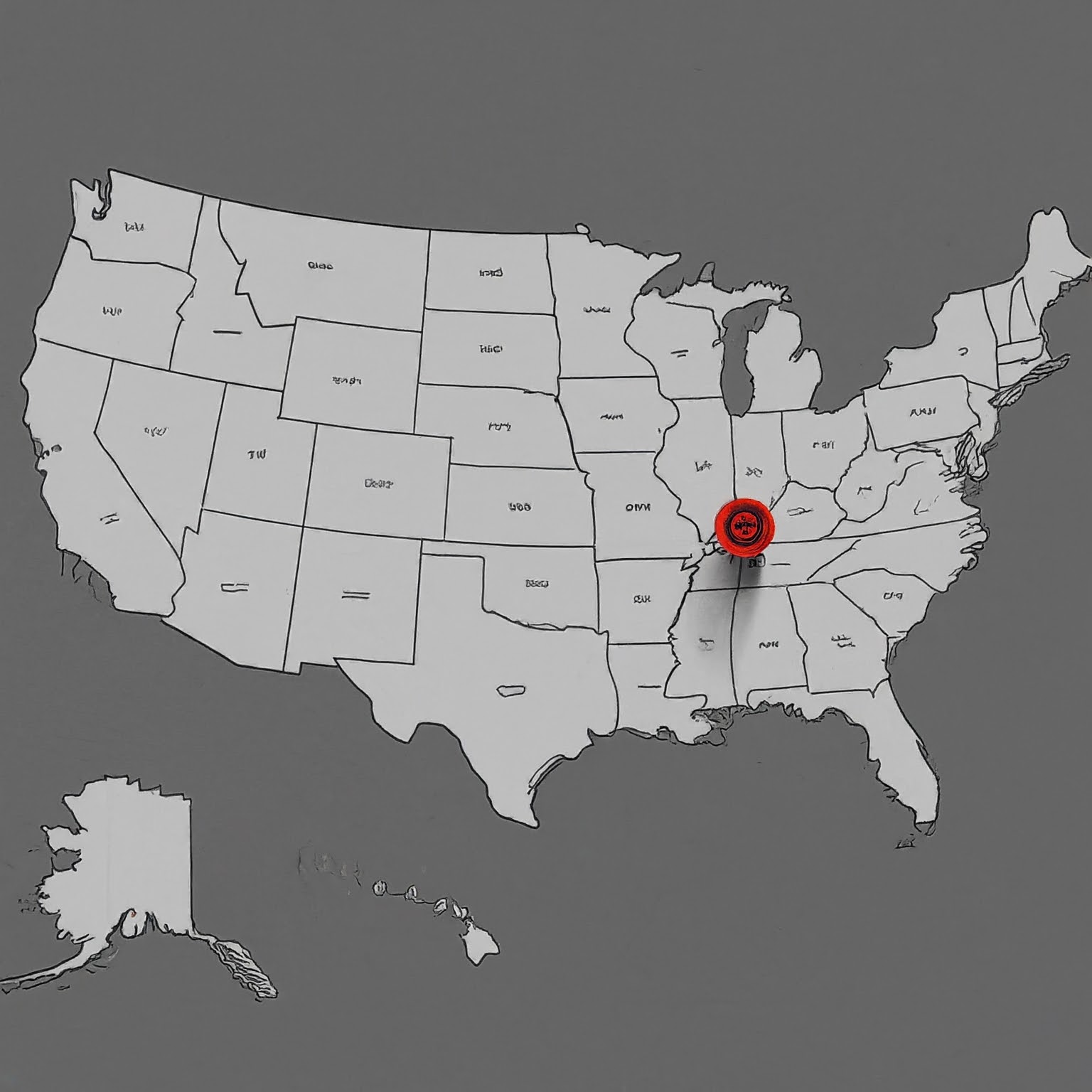The United States, a vast and diverse nation, has a complex and extensive telecommunications network. Understanding United States phone numbers is essential for anyone who needs to communicate with individuals or businesses based in the country. This comprehensive guide will provide you with a detailed overview of the structure, format, and usage of US phone numbers.

The Structure of a United States Phone Number
A typical United States phone number consists of 10 digits, divided into three parts:
- Area Code: The first three digits of a US phone number represent the area code. This code identifies the specific geographic region within the United States where the phone number is located.
- Prefix: The next three digits of the phone number are known as the prefix. This part, combined with the area code, further narrows down the location of the phone number within the area.
- Line Number: The last four digits of the phone number are the line number, which uniquely identifies a specific phone line within a particular area.
Common Area Codes in the United States
The United States has hundreds of area codes, each representing a different geographic region. Some of the most common area codes include:
- New York City: 212, 646, 917
- Los Angeles: 213, 323, 424, 626, 818
- Chicago: 312, 773, 630, 847
- Houston: 713, 832
- Phoenix: 602, 480, 623
International Dialing to the United States
To make an international call to the United States, you will need to dial the following sequence:
- +1 (USA country code)
- Area code
- Local phone number
For example, to call a phone number in New York City with the area code 212, you would dial +1 212.
Types of United States Phone Numbers
There are several types of United States phone numbers, each serving a specific purpose:
- Landline Numbers: These are traditional phone numbers that are connected to a fixed location via a physical telephone line.
- Mobile Phone Numbers: Also known as cellular phone numbers, these are assigned to portable devices and can be used to make and receive calls from anywhere within a cellular network.
- Toll-Free Numbers: These numbers begin with 800, 888, 877, 866, or 855 and allow callers to dial them without incurring long-distance charges.
- Premium Rate Numbers: These numbers, typically beginning with 900, 976, or 977, require callers to pay a premium rate for each minute of the call.
Special Phone Numbers
- Emergency Numbers: The most important emergency number in the United States is 911, which can be used to reach emergency services like police, fire, and ambulance.
- Directory Assistance: To find a phone number, you can call 411.
The Future of United States Phone Numbers
With the rise of VoIP (Voice over Internet Protocol) technology, the way we communicate is rapidly changing. VoIP allows for voice calls to be transmitted over the internet, making it possible to use a single phone number for both landline and mobile calls. This trend is expected to continue, leading to a more flexible and integrated telecommunications landscape in the United States.
Conclusion
United States phone numbers play a crucial role in the country’s telecommunications infrastructure. By understanding the structure, format, and usage of these numbers, you can effectively communicate with individuals and businesses based in the United States. Whether you are traveling to the country, conducting business, or simply staying in touch with loved ones, knowing how to dial US phone numbers is essential.
لا تعليق